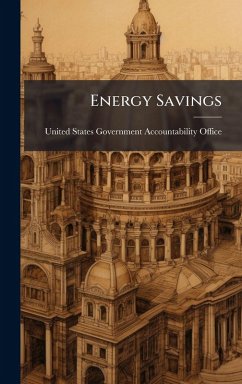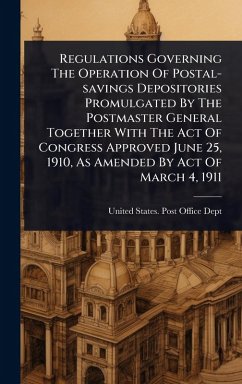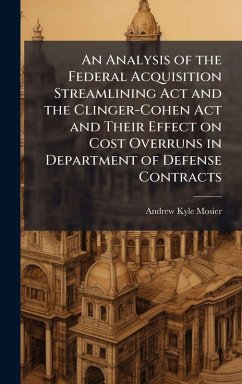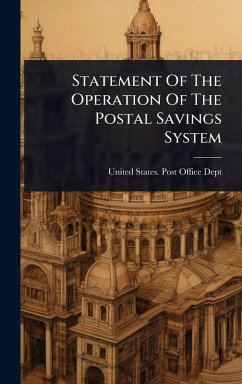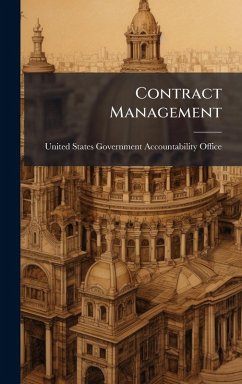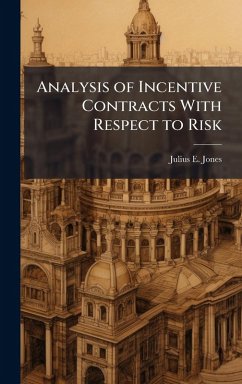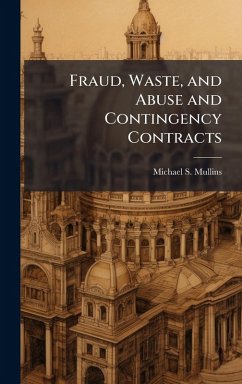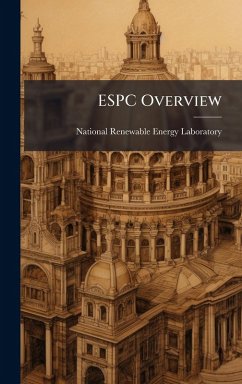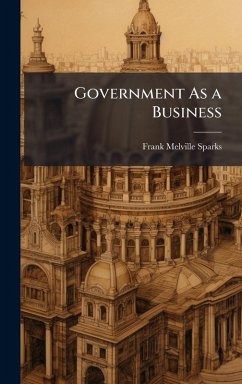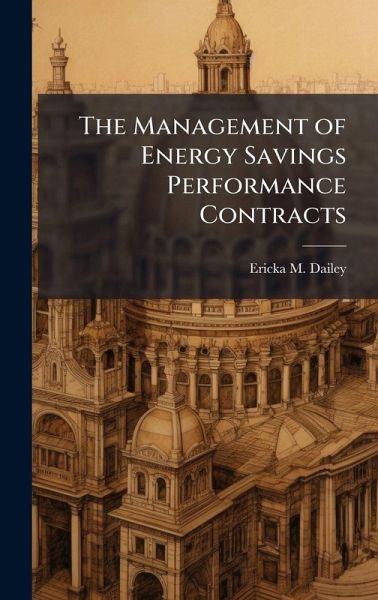
The Management of Energy Savings Performance Contracts
Versandkostenfrei!
Versandfertig in über 4 Wochen
29,99 €
inkl. MwSt.
Weitere Ausgaben:

PAYBACK Punkte
15 °P sammeln!
Energy Savings Performance Contracts (ESPCs) originated to accomplish several objectives: (1) to meet energy efficiency goals mandated by executive orders and energy policies; (2) to improve federal government facilities using funds allocated for utility bills; and (3) to receive repayment of expenditures through energy savings reflected in reduced utility bills. In ESPCs, the contractor guarantees savings to the federal government agency. 10 CFR 436 limits the time necessary for payback. However, this regulation and others were written prior to the deregulation of utility companies. This theo...
Energy Savings Performance Contracts (ESPCs) originated to accomplish several objectives: (1) to meet energy efficiency goals mandated by executive orders and energy policies; (2) to improve federal government facilities using funds allocated for utility bills; and (3) to receive repayment of expenditures through energy savings reflected in reduced utility bills. In ESPCs, the contractor guarantees savings to the federal government agency. 10 CFR 436 limits the time necessary for payback. However, this regulation and others were written prior to the deregulation of utility companies. This theory is based on the underlying premise that the contractor payback is a direct result of the energy savings. The population of study is all of the Air Force ESPCs. The sampling frame used will be the ESPCs and their task orders (TOs) listed in the Air Force Civil Engineering Support Agency (AFCESA) database. The primary unit of analysis will be the individual task order. Data will be collected from interviews, observations, conferences, archives, and other task order related documents. Using case study methodology, contract financial data, energy rates, contract decision memorandums, contract clauses and statements of work, observation, open interviews, and other relevant meetings and materials will be evaluated to determine whether deregulation has an effect on contractor payback and what the effect entails. This work has been selected by scholars as being culturally important, and is part of the knowledge base of civilization as we know it. This work was reproduced from the original artifact, and remains as true to the original work as possible. Therefore, you will see the original copyright references, library stamps (as most of these works have been housed in our most important libraries around the world), and other notations in the work. This work is in the public domain in the United States of America, and possibly other nations. Within the United States, you may freely copy and distribute this work, as no entity (individual or corporate) has a copyright on the body of the work. As a reproduction of a historical artifact, this work may contain missing or blurred pages, poor pictures, errant marks, etc. Scholars believe, and we concur, that this work is important enough to be preserved, reproduced, and made generally available to the public. We appreciate your support of the preservation process, and thank you for being an important part of keeping this knowledge alive and relevant.



